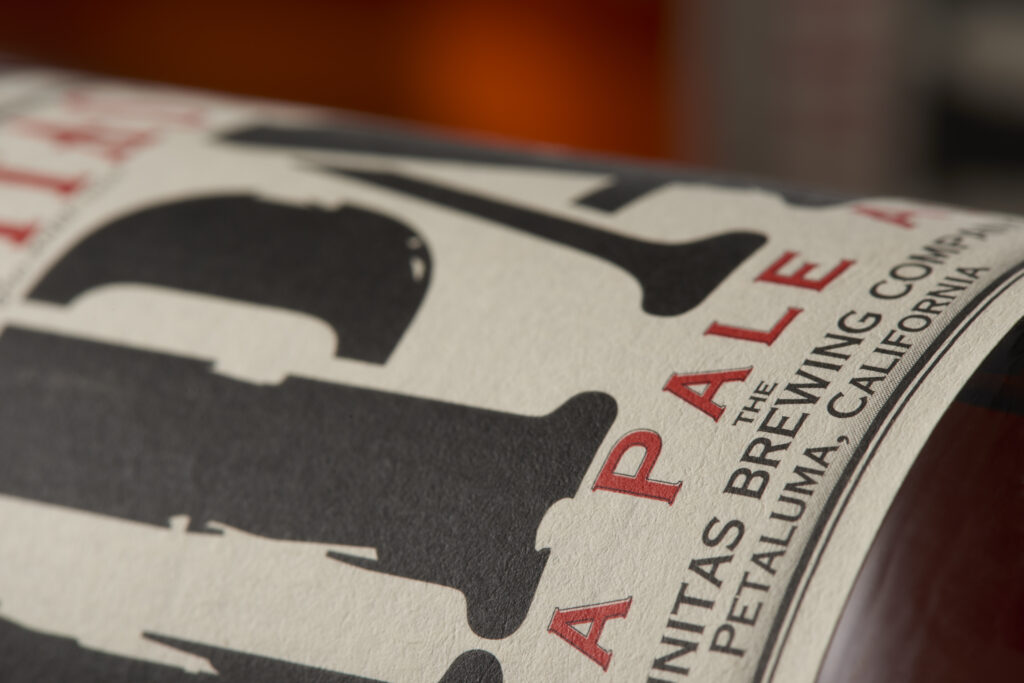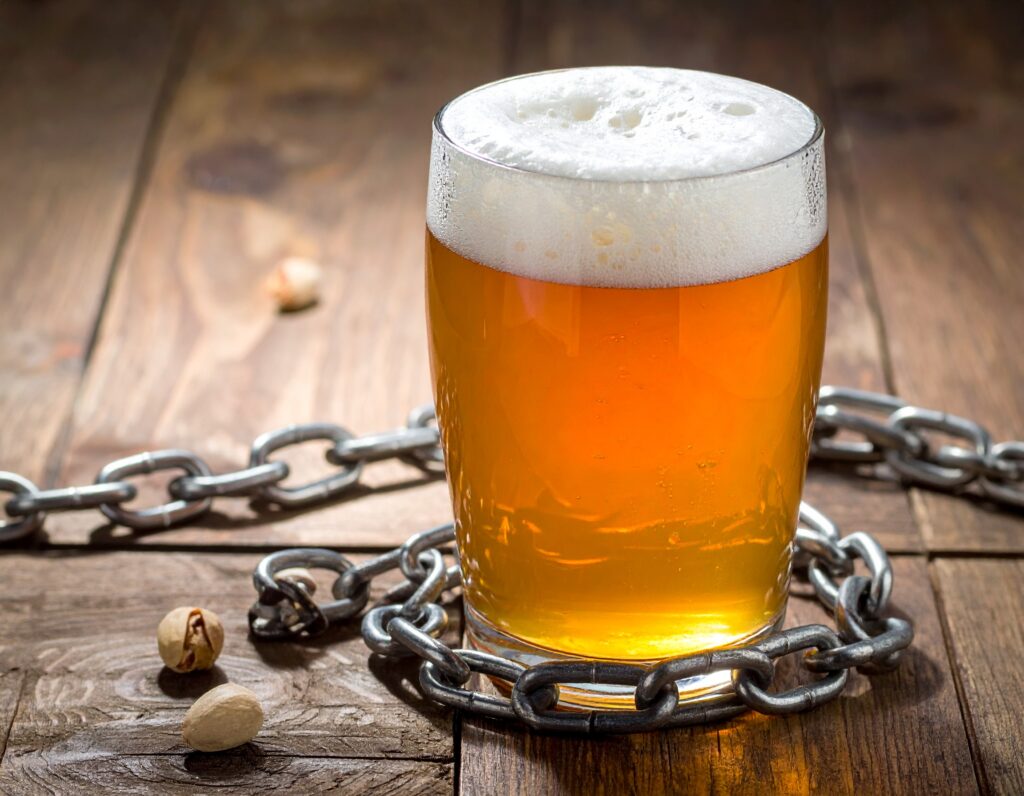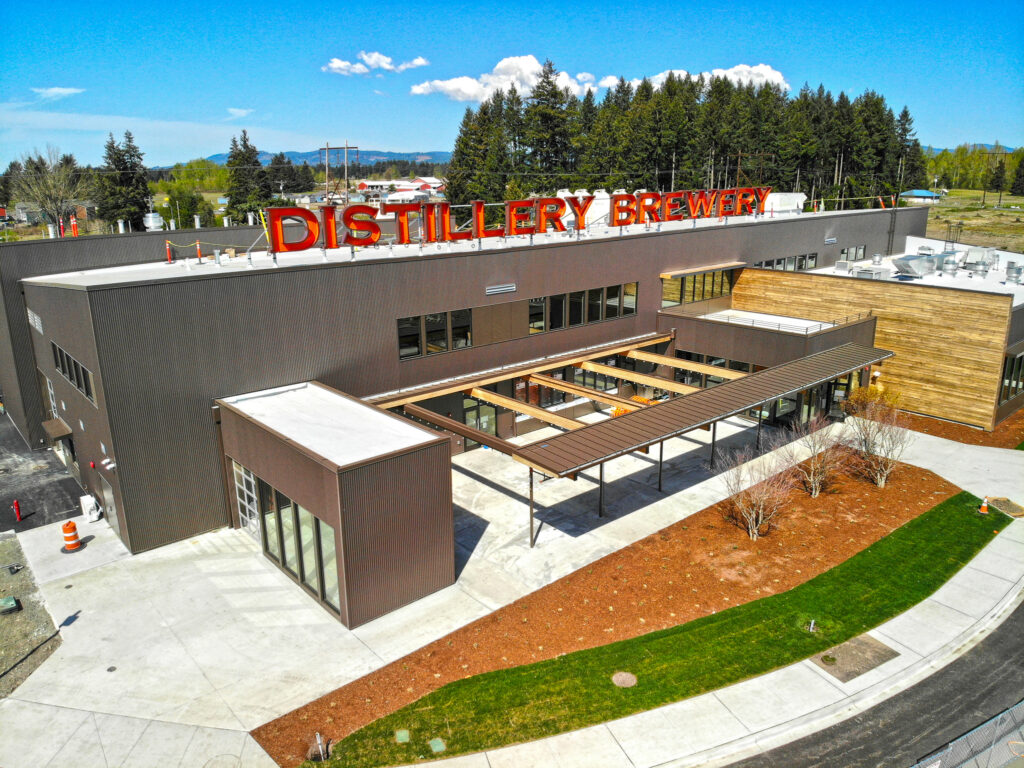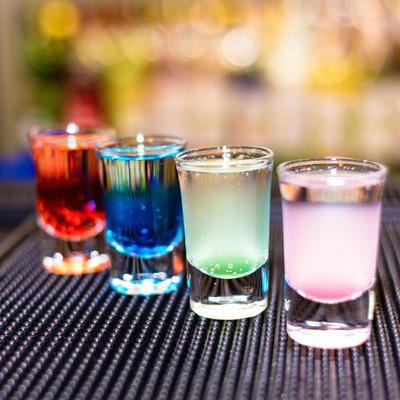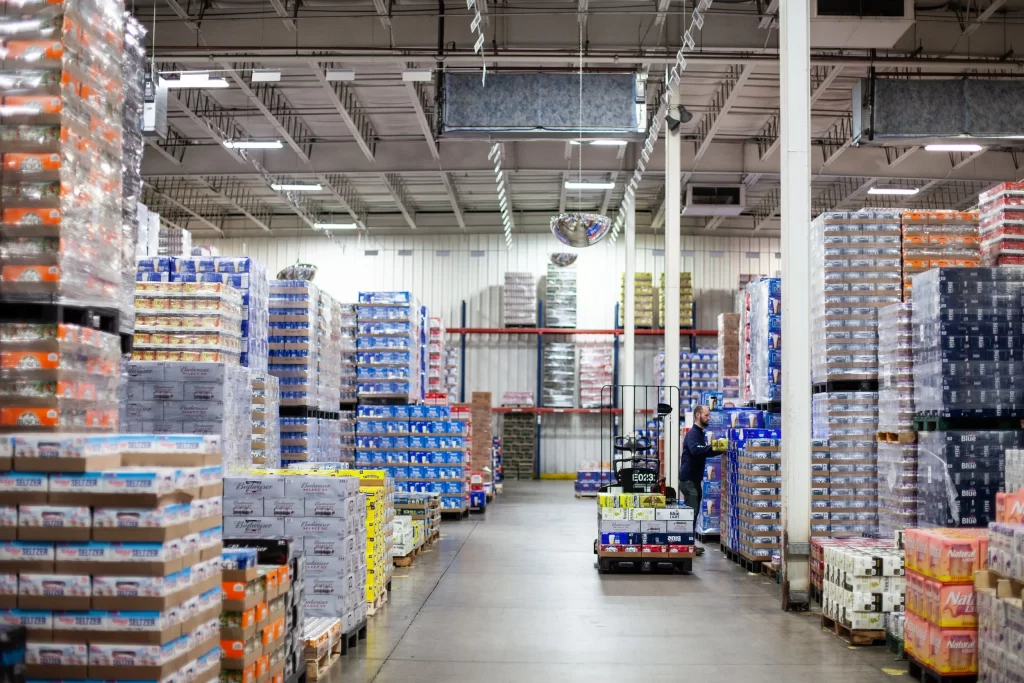With new delivery options, increased shelf life and enhanced applications hops are being recognized as a valuable commodity and marketing tool towards consumers.
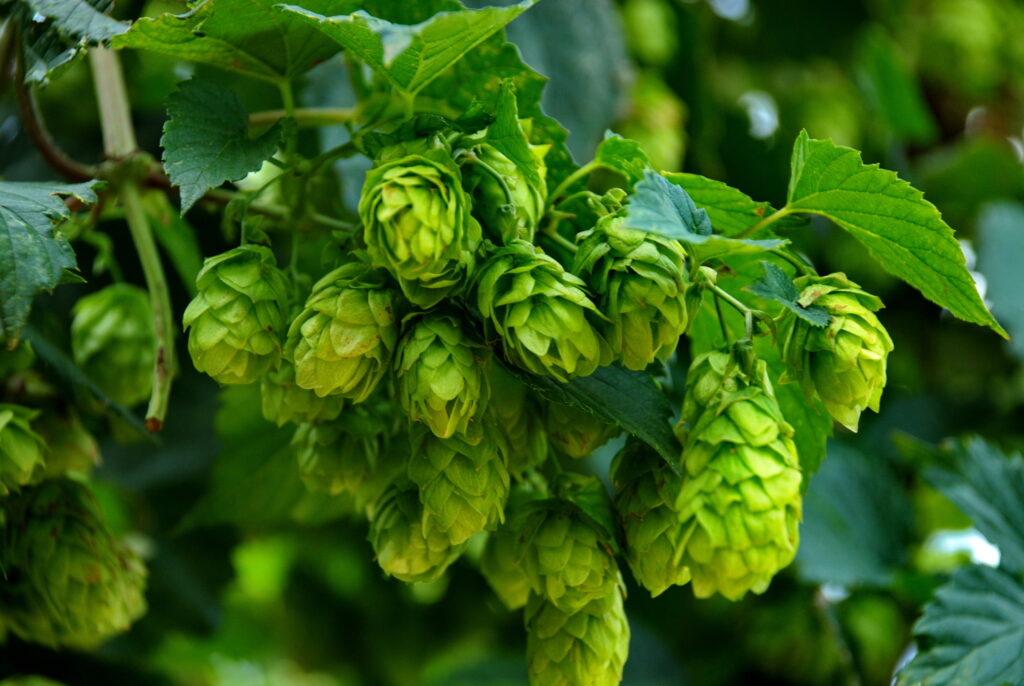
By Gerald Dlubala
As growers try to regain the balance of supply and demand that was upended during the pandemic, some brewers are seeing hops as a marketing tool for more educated consumers. Is it time for hops to step forward and take a lead in craft brew marketing?
Civil Life Brewing, St. Louis, Missouri
“I think it is,” says Dylan Mosley, Head Brewer of Civil Life Brewing in St. Louis, Missouri. “As a brewer, the world of hops is becoming increasingly interesting, even for those who use traditional, established varietals. Cascade Hops are synonymous with North American Brewing, and we use them in our historical-type beers. But the delivery method of adding hops has progressed, and that’s pretty cool. We use different delivery methods depending on the layer and level of aroma and flavors we’re after. For example, in our Merchant Ship IPA, we mostly use our bell hops in pelletized form. Some of the other hops are processed differently and isolated from the plant in methods like CO2 extraction or through hop oils.”
Mosely says that brewers are increasingly able to get out of the hop whatever they are after by fine-tuning delivery methods and timing during production.
“From a brewery perspective, it’s all about control,” said Mosely. “Deployment is key with hops, and it’s fascinating to pick and choose how, when, and where to add them into the brewing process. The newer packaging and delivery methods are really fascinating to me. And as a brewer, I love their shelf life, storability, and variability of what part of the hop you use. The only thing a brewer should remain aware of is their filtration methods and how some of these different hop choices will react with their filtration pads or membranes.”
“It’s important to know that a little goes a long way with respect to replacing pellets with oils,” said Mosely. “But the more oils you use to replace traditional pellets, the more educated you have to be with deploying those oils. Education is key. It’s like a baker who uses exotic spices and clarified ingredients. A little can go a long way, and they must be used at the right times in the right amounts, or the layers of flavor will go haywire and become too pronounced or too specific. Drinkability can be reduced due to flavor profiles changing too rapidly. But having these types of contemporary hop products at our disposal is cool. It gives smaller breweries like us access to the same technologies and flavor profiles as the bigger breweries.”
Mosely attributes the excitement over hops to consumers becoming more educated about what is in their glass or can.
“I’m seeing some exciting things happening around hop use and choice, and the customers are driving those trends,” said Mosely. “So much so that I think we can expect more dramatic packaging highlighting the hops used in a specific beer. It’s something new for the consumer to learn and remember when they try new beers. If a beer shows the same hops or blend as something they’ve liked before, they’re more likely to try it. You know, wine drinkers look for wines from the same region or grape varietal, and I think you’ll see that with hop selection and marketing. Hops are an ingredient that the consumer can see, taste, learn about, and remember. More education about hops leads to excitement and conversation.”
Mosely said that there is far more disinformation than factual information when it comes to craft brewing. Consumers are ready to learn about the process and talk about it, and brewers can make hops more exciting by labeling what hops are in the beer in their hand. A few years back, it was huge to see the Mosaic or Amarillo terms thrown around, but now, hop-centric beers have their hops listed on the label to push that fact.
“It’s like music albums with guest artists labeled on the cover,” said Mosely. “It’s an added name recognition boost. If you’re at the grocery store and one beer label does not mention hops, but the same style of beer from another brewery mentions the included hop varietals, that’s the one that will usually get chosen. Brewing looks so daunting and mysterious due to all the equipment, but it’s still only four ingredients. You drink it, and sometimes you don’t realize that it’s the hops you’re tasting over the other elements of the beer. If you at least have the name of the hop in front of you, you now have a mental record of that with the flavor profile. It’s your personal beer database of your likes and dislikes, and that’s pretty cool. We’re telling a story every time we put a can on the shelf or a glass of beer in front of a patron, and sometimes that story is just the name of the hops.”
Glacier Hops Ranch
Montana-based Glacier Hops Ranch is a worldwide broker and dealer of premium processed hops sourced directly from hop growers and warehouses across the globe. President and CEO Tom Britz spoke with Beverage Master Magazine regarding hop trends in four primary areas of the industry.
1. Economic Efficiency: “Traditionally, craft brewers just wanted to make great tasting beer, no matter the cost, and that included the hops,” said Britz. “That’s not so prevalent anymore. Cost containment and economic efficiency drive hop choices in both the varietals used and how they are used and delivered. Brewers want to squeeze the most revenue available out of every batch of beer produced. Pellets have become the go-to choice in hop delivery, but as any craft brewer will tell you, pellets also soak up product, which adds up over time. We commonly talk with brewers who lose 10- 25% of their product through simple pellet biomass and waste. Hops start with 75-80% moisture at harvest in the field and are dried down to 7-8% moisture content. By substituting half of the pellets with products like our Hopzoil®, brewers can gain up to 7 ½ % yield per batch brewed. Over 12 months, that equates to serious revenue gains without sacrificing flavor or aroma. We have an interactive worksheet that uses hard costs to estimate each brewer’s increased revenue per batch. Even small craft brewers can see their expected increased revenue by plugging in their numbers and getting their results in black and white.”
2. Beverage Diversification: Many breweries use various vessels, packaging lines, and means of distribution, so they’ve got what they need to produce and package different beverages,” said Britz. “We see business models moving breweries away from having beer as their singular product, and the same goes for hop usage. Hops aren’t only for beer anymore. Hopwater is a popular, refreshing, best seller with low cost of goods and high margins, and easy to produce in one day with Hopzoil®. We see it made with the addition of citric acid and simple sugars, but increasingly we see it produced using our Hopzoil® as the only ingredient. It can be made in small batches, making it easy to move from flavor to flavor. Hopzoil® comes in 22 different varieties and blends. Consumers notice that hop water made only with Hopzoil® reflects only the hop flavor and aroma with no bittering, biomass, or waste. Places looking for a great NA alternative are experiencing wider customer bases with Hopzoil® and hop waters. It’s a way to diversify into the NA world without much extra cost or waste. Additionally, we see the use of Hopzoil® in hard ciders, fruit purees, and other craft beverages.”
3. Functional Beverage Use: “This is a huge area of growth for the hops industry,” said Britz. “Nutraceuticals are different applications for sure, and easier for some breweries to get into than others. When the hop compounds, or terpenes, are analyzed, you can cross-reference that analysis with their proven health benefits. We do with our pure hop oil what the marijuana industry does when analyzing the health benefits of their products. Our products provide calming effects just like CBD products, but without the lethargy that marijuana can promote. We’re seeing a steady growth of functional beverages that could use hops for conditions including pain relief, anxiety and depression relief, antioxidant properties, brain health, anti-microbial properties, and skin health, all kinds of benefits.”
4. Return to Forward Contract Farming: “Since late 2021-2022, there’s been an oversupply of some of the more popular hops,” said Britz. “Hop demand was going up, and then COVID knocked the bottom out of the market, leaving a large oversupply with no market. That’s finally beginning to balance out now, and because of that, we see an increase in contract farming to head off shortages in specific varietals. In the late 90s, up to 96% of hop farming was contracted. By 2020-2021, that number fell to mid 40% because of the excess in hops stored and readily available at discounted prices. So, from 2022 through 2024, 31% of acreage was pulled from hop farming due to these inventory excesses and increased production efficiency. After three painful years for hop growers, the supply and demand are starting to balance out. Contract farming ensures a predictable supply for all sides, but some smaller breweries may come up short or have difficulty finding what they need. The prediction is that for the 2026 harvest, forward contract farming will make a comeback, with those who did not get what they wanted this year leading the way to ensure their supply chain.”
Hop Favorites Remain Traditional While Delivery Method Evolves
“The main hop trends we still see are the classics, like cascade, chinook, and centennial, or a blend using those three,” said Britz. “We also have demand for our citrusy and juicy fruit bomb series. No matter what a brewer uses, we recommend starting with 50% pellet replacement using Hopzoil®. One hundred percent will give a different flavor profile. Hopzoil® requires no refrigeration or freezing. It’s water-soluble, so it gets shaken into an emulsion. A 12-inch cube of Hopzoil® can go on a shelf and free up two pallets worth of shelving or floor space. As with most ingredients, we recommend keeping it away from excess light, heat, and oxygen. Our packaging is topped off with beverage-grade nitrogen and can be topped off with nitrogen or CO2 for resealing. When using Hopzoil®, brewers don’t get that drop off in some IPAs where the flavor is there and suddenly it’s gone. We’ve also gotten calls from brewers who have used our oils to rescue a batch of beer that didn’t turn out as intended, whether for sensory applications or something else. That’s a cool option and something for brewers to keep in their pocket should they need to rescue a batch of beer.”
Britz says they have exported to over 50 countries and were awarded SBA’s Small Business Exporter of the Year in 2022.
“Quite a few breweries have won prestigious awards using our products,” said Britz. “Hopzoil® is made from wet hops directly out of the field in a steam distillation environment, capturing the volatile oils released into the atmosphere through traditional field drying techniques. This method makes our product 8-15 times more concentrated than other suppliers, and brewers describe our product as more intense and brighter.”
Advice For Craft Breweries
“I’ve seen a change over the last few years,” said Britz. “My advice for craft breweries is to focus on the service they deliver over the actual product they make, because the service will keep customers coming back as product trends and consumer desires change. Craft brewers are not in the beer industry as much as they are in the beverage industry. Recognizing the industry you are in allows much more creativity and out-of-the-box thinking.”

